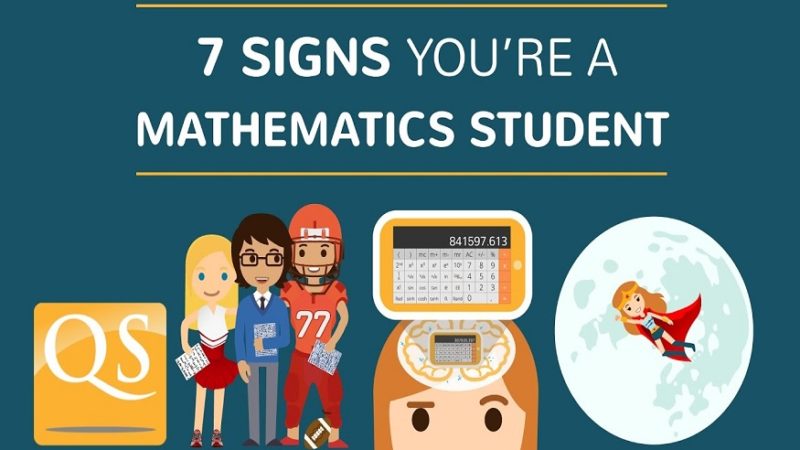How to Understand What Your College Tuition Really Pays For

Understanding college tuition is something that’s certainly very complicated. However, it’s a question that’s constantly on the general public stage, which is why it’s something that you really need to consider for an informed opinion on the topic of college tuition. What does your college tuition actually pay for? Here’s what you need to know about the topic.
 Directly Academic Needs
Directly Academic Needs
First off, there are some things that college tuition goes toward that are directly academic. On average, $61.46 of every $100 of tuition goes directly to purely academic needs. Here’s how that breakdown of $61.46 would look on average:
- $15.81 – Salaries
- $11.47 – General Instruction Expenses
- $9.61 – Auxiliary Student Enterprises
- $8.26 – Academic Support
- $8.15 – Institutional Support
- $4.75 – Student Services
- $3.41 – Grants and Financial Aid
As you can see, these are all necessities for engaging in the teaching process. That means anything that may have an impact on your learning options in the classroom.
Less Obviously Academic Needs
The remaining $38.54 of every $100 of tuition goes toward everything else. However, that doesn’t mean these aren’t academic. That $38.54 of your tuition breaks down like this on average:
- $15.58 – Hospitals and Healthcare
- $11.66 – Research
- $6.25 – Other, Including Taxes and Liabilities
- $4.52 – Public Services
- $0.53 – Independent Operations
As you can see, this section includes certain things like university hospitals, which may be crucial to the growth and development of, for example, a medical professional. It also includes taxes and liabilities, which universities need to pay so they can function properly.
Private Versus Public Academic Agencies
When you ask someone about the differences between private and public academic agencies, you’ll get a variety of answers depending on who you ask. However, one thing you will almost always get is the fact that public colleges are much cheaper than private colleges — which someone may state as either a good or a bad thing.
Regardless of whether it’s good, bad, or neutral, this is definitely true. The College Board reported that, for the 2019/2020 academic year, full-time students going to a public in-state school paid $21,950 yearly for everything, including room and board. The same thing for a private college is a whopping $49,870 yearly, which is more than double the public schooling cost.
Student Tuition in Terms of Public School Operating Costs
One way to get an even better grip on how tuition has changed over the years is to take a look at tuition as a percentage of operating costs. How much of a public school’s operating costs does tuition cover? This is how it’s changed since 2000.
- 2000: 29.2%
- 2001: 29.5%
- 2002: 30.4%
- 2003: 32.5%
- 2004: 35.2%
- 2005: 36.2%
- 2006: 36.5%
- 2007: 36.3%
- 2008: 35.8%
- 2009: 37.7%
- 2010: 40.6%
- 2011: 42.5%
- 2012: 47.0%
- 2013: 47.7%
- 2014: 47.2%
- 2015: 46.9%
- 2016: 46.9%
- 2017: 46.6%
- 2018: 46.6%
It’s interesting to note that although this number rose steadily in the early 2000s, it actually peaked in 2013, and since then, it’s been going down very slightly over each year. This could bode well for the future, where students and lawmakers alike may be able to advocate for lower tuition.
Conclusion
As you can see, tuition is not a clear-cut issue. There are many things that would need to change if tuition were to change. However, it’s also easy to see that there are many areas for change available. Whether you’re a college student or you just like to have more information, this is a great starting point for your knowledge growth.






